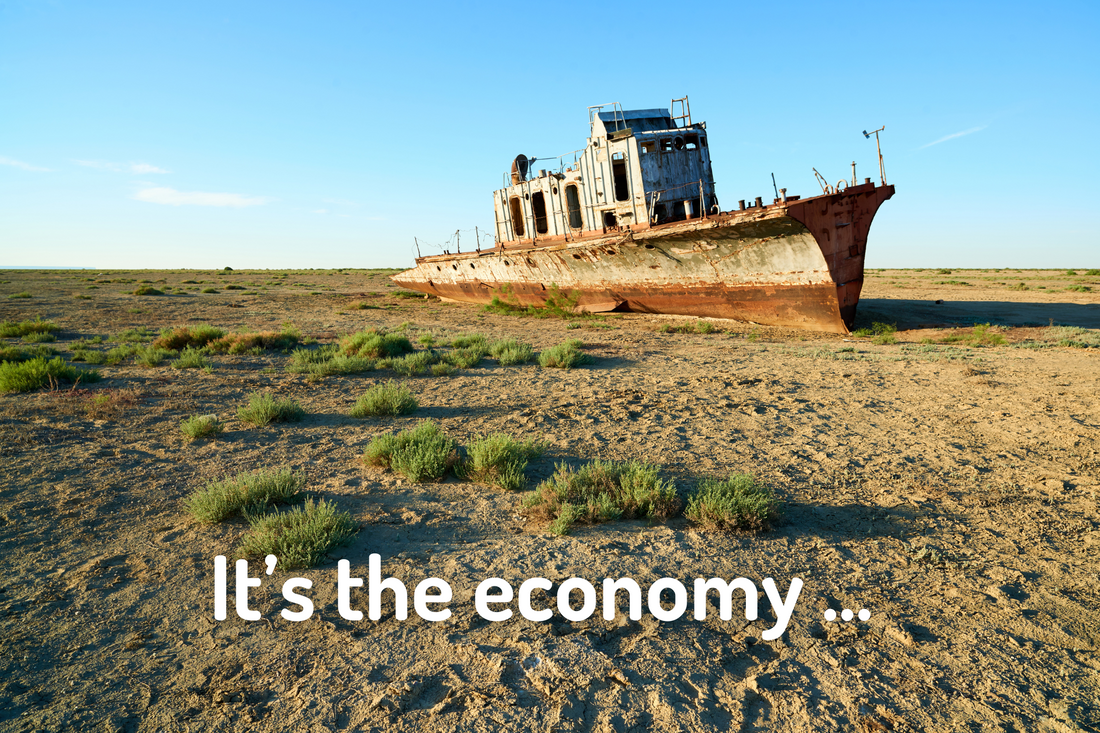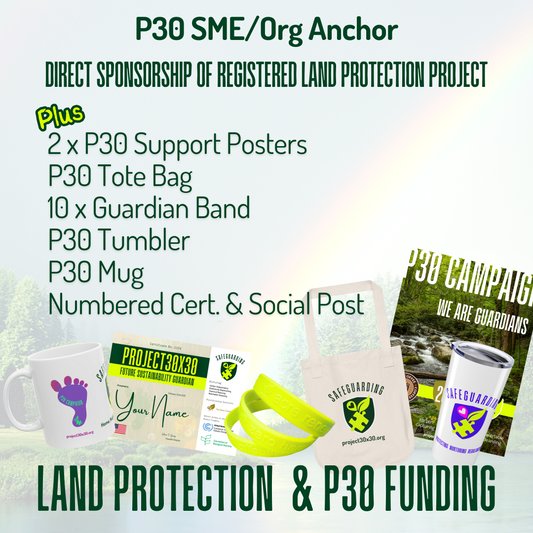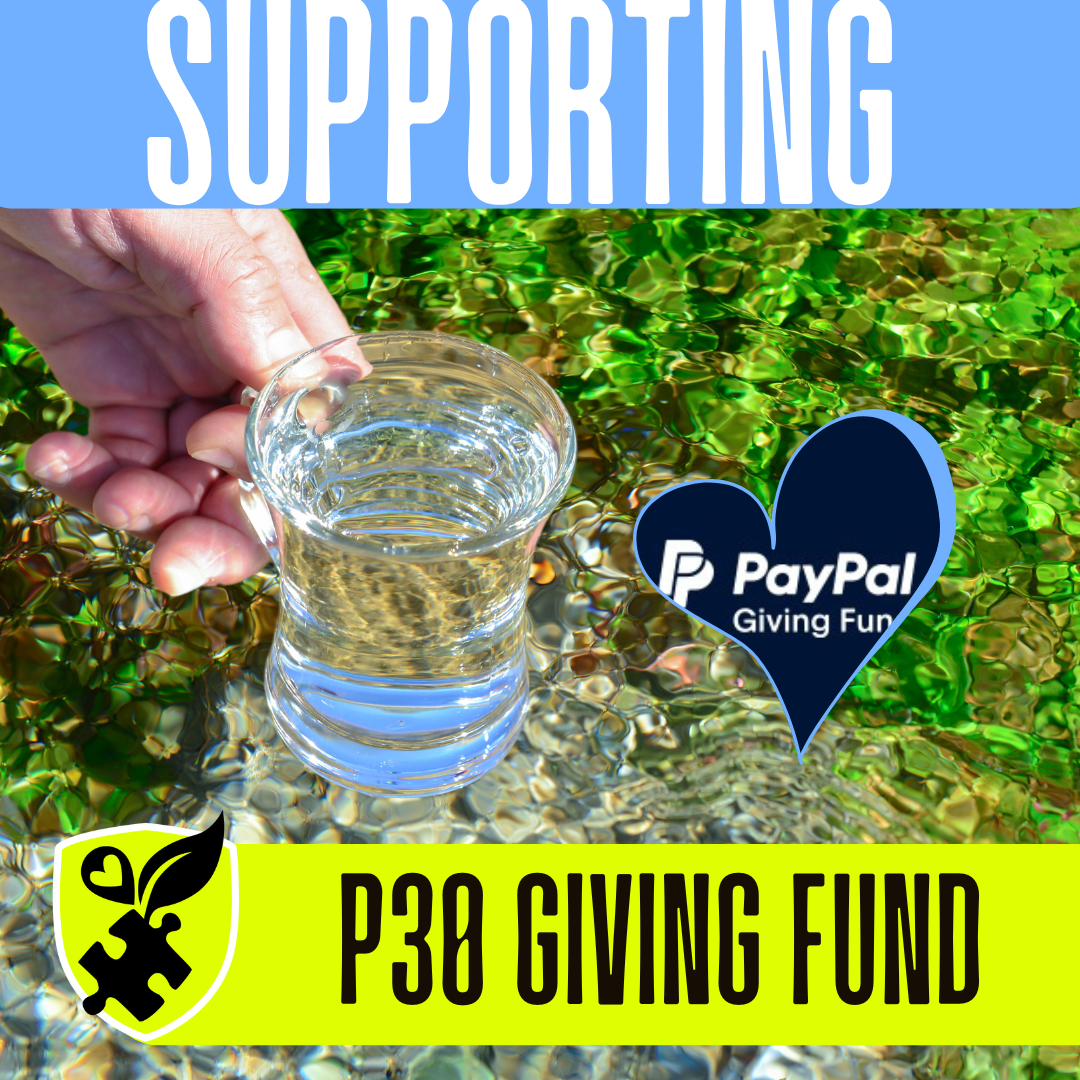30x30 & Economic Growth: What's at Stake?
1. What is a significant economic risk associated with biodiversity loss due to failing the 30x30 target?
2. How does the degradation of natural habitats impact the global economy?
3. What economic sector is most vulnerable to the decline of pollinators due to habitat loss?
4. How does the loss of natural carbon sinks affect economic stability?
5. What is the impact of reduced biodiversity on the pharmaceutical industry?
6. How does the degradation of coral reefs impact tourism and coastal economies?
7. What is the impact of deforestation on timber and related industries?
8. How does failing to protect natural water sources affect industries relying on clean water?
9. What is the economic impact of increased frequency of natural disasters due to climate change?
10. How does investment in nature conservation contribute to long-term economic stability?
Bibliography
- Dasgupta, P. (2021). The Economics of Biodiversity: The Dasgupta Review. HM Treasury.
- IPBES. (2019). Global assessment report on biodiversity and ecosystem services. IPBES Secretariat.
- WEF. (2020). Nature Risk Rising: Why the Crisis Engulfing Nature Matters for Business and the Economy. World Economic Forum.
- OECD. (2019). Biodiversity: Finance and the Economic and Business Case for Action. OECD Publishing.
- TEEB. (2010). The Economics of Ecosystems and Biodiversity: Mainstreaming the Economics of Nature: A synthesis of the approach, conclusions and recommendations of TEEB. Progress Press.
- Costanza, R., et al. (2014). Changes in the global value of ecosystem services. Global Environmental Change, 26, 152-158.
- Stern, N. (2007). The Economics of Climate Change: The Stern Review. Cambridge University Press.
- CBD. (2020). Global Biodiversity Outlook 5. Secretariat of the Convention on Biological Diversity.
- UNEP. (2021). Making Peace With Nature: A scientific blueprint to tackle the climate, biodiversity and pollution emergencies. UNEP.
- WWF. (2018). Living Planet Report – 2018: Aiming Higher. World Wildlife Fund.



















